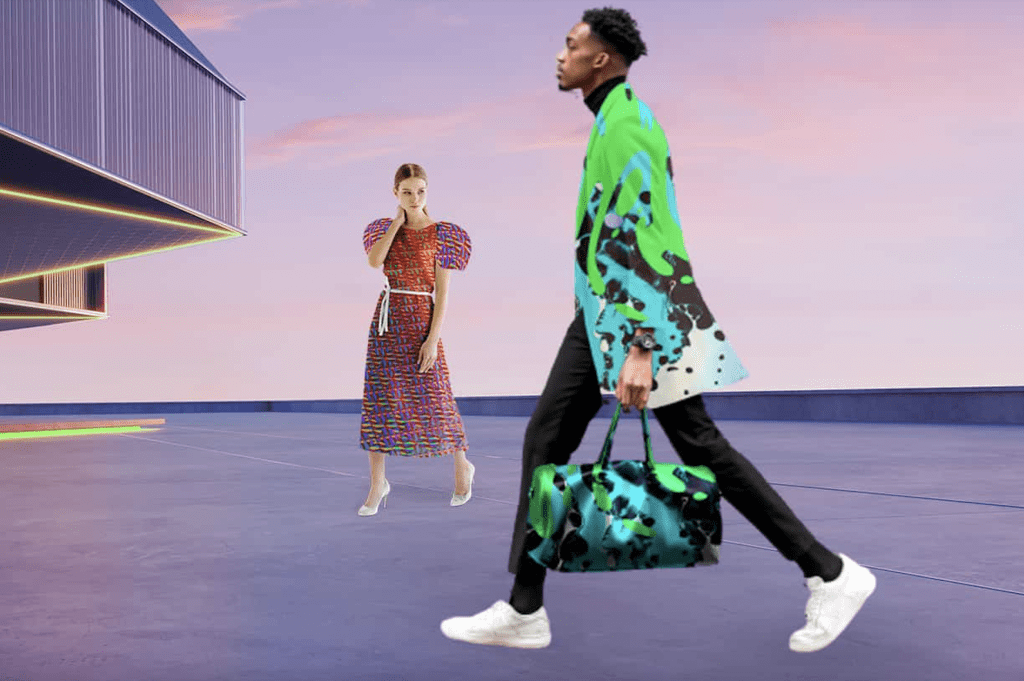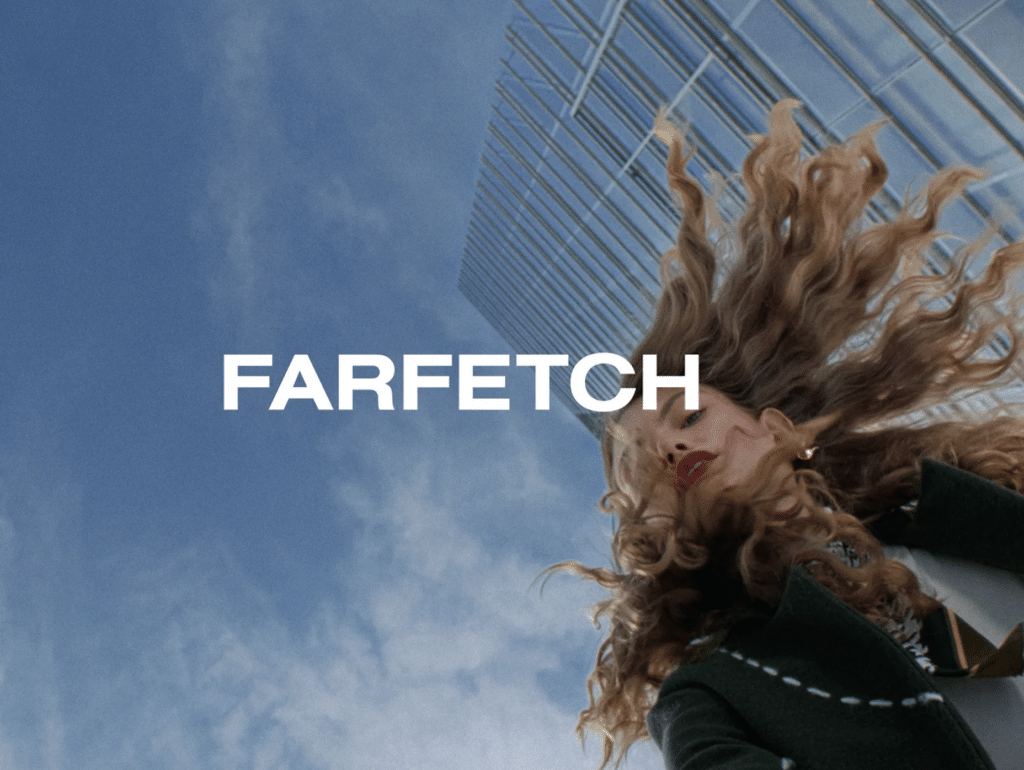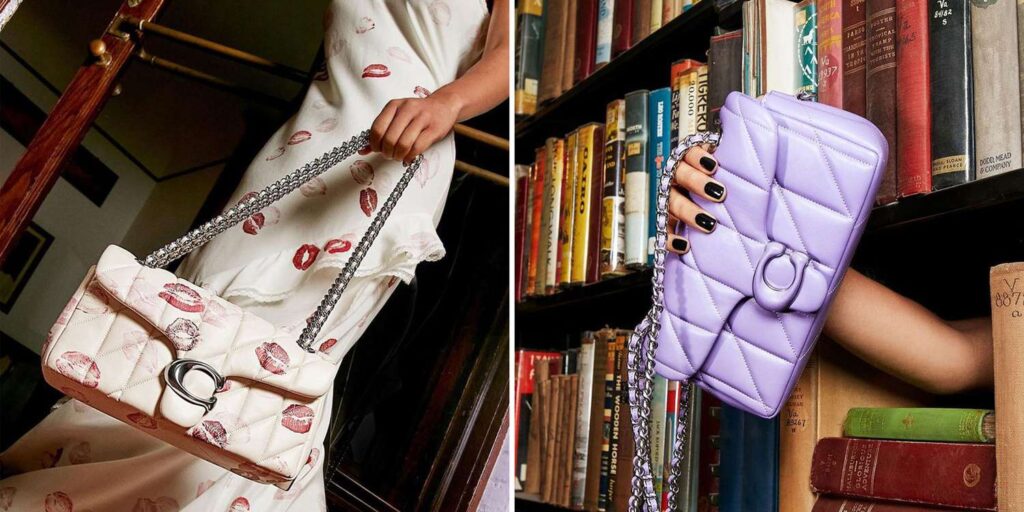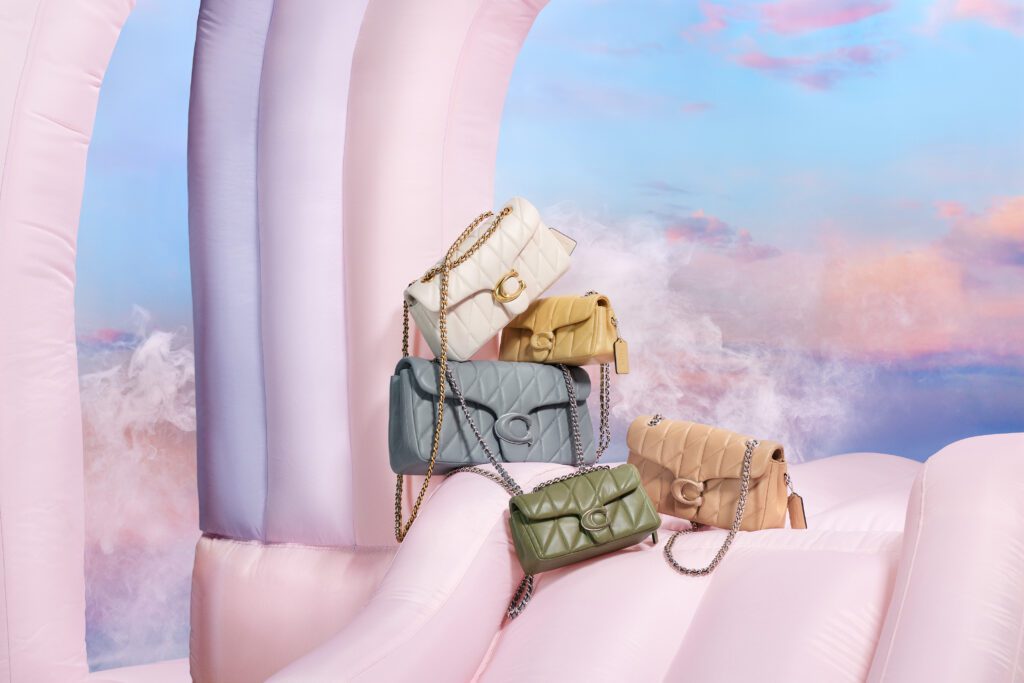Teens in the U.S. are slated to spend an estimated $66 billion this year, up almost 10 percent from last year, according to latest iteration of Piper Sandler’s “Taking Stock with Teens” report. Having surveyed 7,100 U.S. teens between February 16 and March 22 on topics ranging from their preferences in brands to their level of interest in the metaverse, Piper Sandler found that teen spending is on the rise, with Gen Z consumers saying that they are shelling out on skincare, athleisure, video games, footwear, and accessories, among other things, while also expressing concern about the uncertain economy and “social causes,” such as the war in Ukraine and climate change.
Within the apparel segment, Piper Sandler found that athleisure is still the “dominant trend,” with the likes of Nike and lululemon taking leading spots on the list of top brands for the surveyed consumers, whose average age is 16 years old. In terms of non-athletic apparel, the financial services firm stated that it is continuing to “see a silhouette change with looser fitting or flared denim,” but noted that it is “seeing this trend spreading to leggings, as [it] received responses such as ‘flared leggings.’” For footwear, “while Nike reigns supreme, Converse took the number 2 spot from the Vans, Crocs increased its position on the ranking” (from the number 8 spot to number 6), and slip-on footwear company Hey Dude made it to the top 10 at number 9, per Piper Sandler.
Meanwhile, Coach “took back its number 1 ranking as a preferred handbag brand since the mid-2010s,” while Michael Kors came in at No. 2, above Louis Vuitton in spot number 3, Kate Spade (4), and Chanel (5).
On the beauty front, skincare held “the highest priority of spending” in the segment, followed by cosmetics, and haircare, with the survey finding that teens are willing to pay more for products branded with certain buzzwords. 88 percent of surveyed teens said that they would pay more for “clean” skincare/beauty products and 58 percent would pay more for products that are advertised as “science-backed.”
As for how/where teens are shopping, Piper Sandler revealed that the top sites that teens shop on are Amazon (53 percent), Chinese fast fashion titan Shein (8 percent), Nike’s e-commerce site (6 percent) and PacSun’s site (2 percent). More than half of teens revealed that Amazon is their “favorite e-commerce site.” However, Piper Sandler notes that Amazon decreased from 47 percent share to 35 percent on a year-over-year basis as the top shopping site among “upper-income females.” This mirrors a larger trend, with Piper Sandler senior research analyst Erinn Murphy stating in connection with the firm’s Fall 2021 report that Amazon was losing “mindshare” on a year-over-year basis as “female-centric websites like SHEIN are on the rise.”
At the same time, second-hand shopping continues to play a role in teens’ consumption behavior. 7 percent of teens’ shopping time is allocated to secondhand, according to Piper Sandler’s latest findings, with 46 percent of teens having purchased and 56 percent having sold secondhand apparel/accessories. These figures are down from those in the Fall 2021 report, which found that 51 percent have purchased second-hand and 62 percent of teens had sold second-hand.
Finally, Piper Sandler discerned that teens are proving to be increasingly aware of – and interested in – non-fungible tokens (“NFTs”) but are not necessarily buying into the hype surrounding the metaverse. The survey revealed that more teens are familiar with NFTs than they were last fall, while only a small percentage having actually purchased one. (As of Fall 2021, 22 percent of surveyed teens had heard of NFTs, and of the 10 percent of survey participants who had actually purchased an NFT, 81 percent were male). In terms of their attitudes towards the metaverse more broadly, 26 percent stated that they own a virtual reality device, such as a headset, but only 5 percent use such devices daily. And in what might be the most striking takeaway on the front, less than half of teens seem bullish on the rise of the metaverse, with 48 percent saying that they are either “unsure” or “not interested” in the metaverse despite rising efforts by brands – ranging from Nike and adidas to Gucci and Balenciaga – to cater to and connect with younger consumers in this space.











